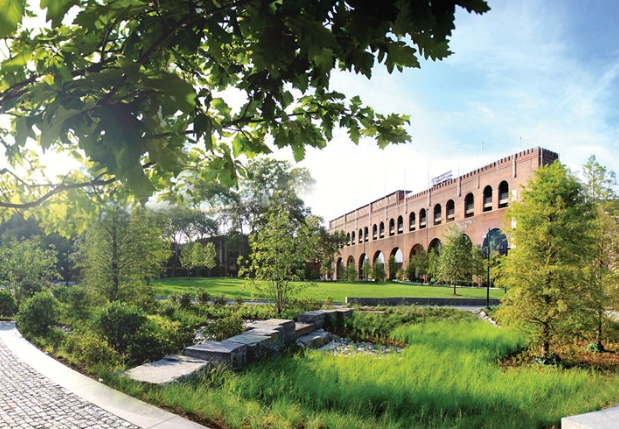Greening the Future: How Landscape Architects are Leading the Way in Sustainable Design
Sustainable design is becoming increasingly important in the field of landscape architecture. As stewards of the environment, landscape architects play a crucial role in creating green spaces that are not only aesthetically pleasing, but also environmentally friendly.
Promoting Biodiversity
One of the key principles of sustainable design is promoting biodiversity. Landscape architects are experts in choosing plant species that support local ecosystems and attract pollinators. By incorporating native plants and creating habitats for wildlife, these professionals help to create a more balanced and resilient environment.
Reducing Water Usage
Another important aspect of sustainable design is reducing water usage. Landscape architects are skilled in designing landscapes that minimize the need for irrigation through the use of drought-tolerant plants, rain gardens, and permeable paving. These techniques help to conserve water and reduce the strain on local water supplies.
Improving Air Quality
Landscape architects also play a role in improving air quality in urban areas through the strategic placement of trees and green spaces. Trees help to absorb carbon dioxide and other pollutants, while also providing shade and cooling benefits. By incorporating green infrastructure into their designs, landscape architects can help to combat the urban heat island effect and promote healthier communities.
Creating Resilient Landscapes
In the face of climate change and other environmental challenges, landscape architects are also focused on creating landscapes that are resilient and adaptable. By using sustainable practices such as green roofs, rainwater harvesting, and permeable paving, these professionals help to mitigate the impact of extreme weather events and promote long-term sustainability.
Leading the Way
Overall, landscape architects are at the forefront of sustainable design, leading the way in creating green spaces that benefit both people and the planet. By integrating principles of biodiversity, water conservation, air quality improvement, and resilience into their designs, these professionals are shaping a greener future for all.

